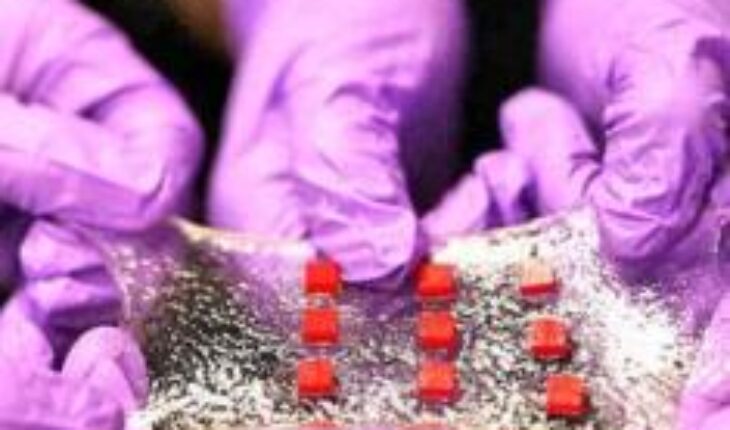BOSTON: Will lead to use of cheaper materials
Scientists, including one of Indian—origin, have developed a polymer structure that may lead to cheaper materials for smart windows — surfaces that automatically adjust the amount of incoming light.
Researchers have come up with a theory to predict exactly how much light is transmitted through a material, given its thickness and degree of stretch. “For buildings and windows that automatically react to light, you don’t have to spend as much on heating and air conditioning,” said Francisco Lopez Jimenez, from Massachusetts Institute of Technology (MIT) in US. The team, including Shanmugam Kumar from Masdar Institute of Science and Technology in Abu Dhabi, envisions covering window surfaces with several layers of the polymer structure. Designers could use the group’s equation to determine the amount of force to apply to a polymer layer to effectively tune the amount of incoming light, Lopez Jimenez said. In an earlier study, researchers analysed the light—transmitting properties of a simple block of PDMS — a widely used rubbery, transparent polymer. The polymer block contained some darkened regions, and the team was looking to see how deforming the block would change the light travelling through the material. The researchers set out to fabricate a type of soft colour composite — a material that changes colour or transparency in response to external stimuli, such as electrical, chemical, or mechanical force. They created a thin, rectangular stack of transparent PDMS sheets, mixed with a solution of black, micron—sized dye particles, that may be easily stretched, or deformed mechanically. With no deformation, the structure appears opaque. As it is stretched or inflated, the material lets in more light. In initial experiments, the researchers shone a light through the polymer structure infused with dye particles and characterised the amount of light transmitted through the material, without any deformation. They then stretched the polymer perpendicular to the direction of light and measured both the thickness of the polymer and the light coming through. They measured the amount of light coming through and found that as the material was stretched and thinned, more light came through, at exactly the same intensities that were predicted by their equation.PTI





